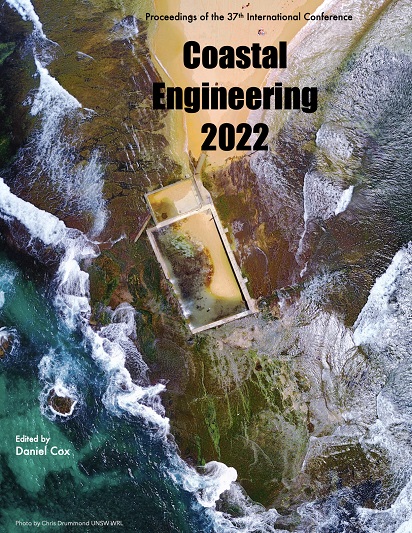Abstract
Flooding is an issue of growing concern worldwide. Cities around the world are threatened by sea level rise, land subsidence as well as extreme river discharges and intensified precipitation during short periods of time. The interaction of these phenomena potentially causes severe flood problems. In addition, cities are often densely populated centres with high socio-economic development and sophisticated networks of water-related infrastructure. Hence, the impact and damage of flooding can be significant and very costly. In addition to climate change and socio-economic growth, many cities are sinking as a result of land subsidence. In response to these issues, Royal HaskoningDHV has been developing the Global Flood Risk Tool (GFRT). The GRFT is Royal HaskoningDHV’s cloud-based platform that delivers accurate and comprehensible flood risk analysis and recommends strategic investment proposals to reduce risk on losing lives and economic damages to the society, infrastructure, industries and businesses.References
Haasnoot, Kwakkel, Walker, and ter Maat (2013): Dynamic adaptive policy pathways: A method for crafting robust decisions for a deeply uncertain world. Glob. Environ. Chang., vol. 23, no. 2, pp. 485–498
Trommelen, Jonkman, Rutten, Mai Van, Bos (2022). Applying Dynamic Adaptive Policy Pathways (DAPPs) to adapt Singapore to the changing climate under highly uncertain conditions. MSc Thesis, TU Delft.

This work is licensed under a Creative Commons Attribution 4.0 International License.
Copyright (c) 2023 Matthijs Bos, Michael van de Watering, Joost Trommelen

